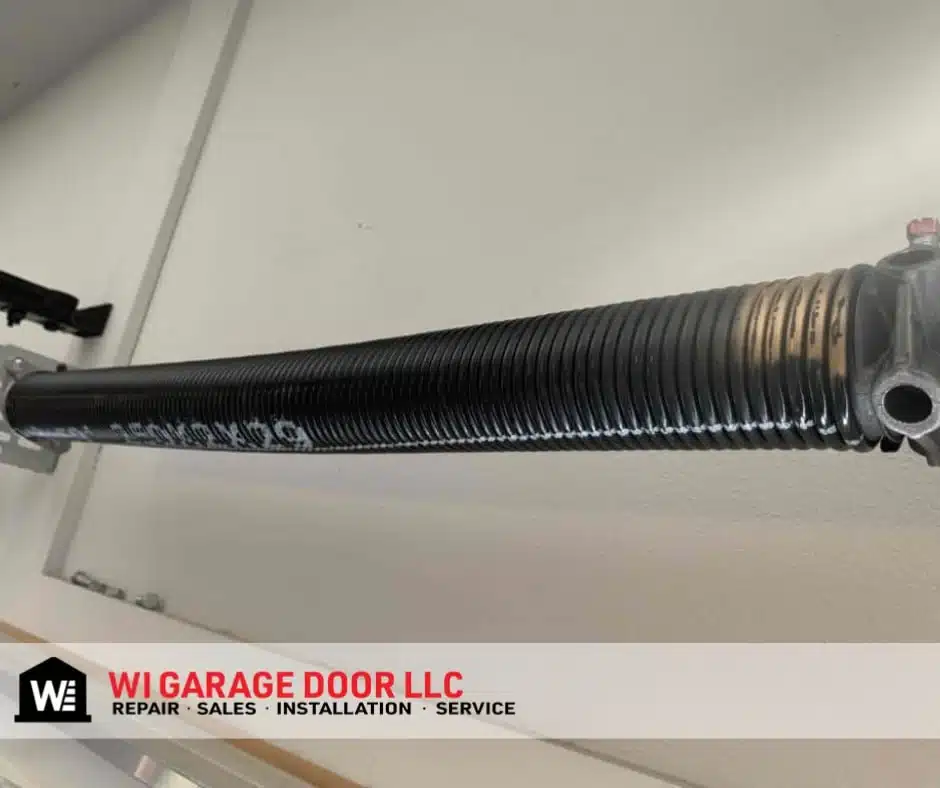When undertaking the task of garage door spring replacement, it is imperative to approach the process with meticulous adherence to safety protocols. The inherent risks associated with the high tension of these springs cannot be overstated, underscoring the necessity of using appropriate tools and techniques. For instance, the utilization of a robust winding bar and locking pliers can significantly mitigate potential hazards. However, beyond the basic safety practices, there exists a plethora of nuanced steps and considerations that could dramatically influence the safety and efficacy of the replacement process. One might wonder, what are these additional precautions, and how can they further secure the procedure?
Essential Preparations for Replacement
Before attempting to replace a garage door spring, it is crucial to gather the correct tools and ensure the area is secure to prevent any potential accidents. A well-prepared workspace not only facilitates a smoother operation but also integrates you into a community of diligent DIY enthusiasts who value safety and precision.
Firstly, assemble all necessary tools and materials before you begin. This includes a sturdy ladder, adjustable wrenches, clamps, a winding bar specifically designed for garage springs, and of course, the replacement springs themselves. Verify that these springs are the correct size and type for your garage door, as using incompatible components can lead to malfunction or injury.
Next, clear the area around the garage door of any objects that could obstruct your movement or interfere with the safe removal and installation of the springs. This includes vehicles, bicycles, and other stored items. Good lighting is also essential; ensure your workspace is well-lit to avoid any mishaps that could occur from poor visibility.
Key Safety Measures During Installation
Having prepared your workspace and gathered the necessary tools, it is now vital to focus on implementing stringent safety measures during the installation process of your garage door springs. First and foremost, ensure that you are equipped with safety goggles and gloves to protect against potential snaps and sharp edges. It’s crucial that no part of your body is directly in the line of the springs during installation.
Begin by securing the door in place to prevent it from moving while you work. This can be achieved by clamping locking pliers onto the track on both sides just above one of the rollers. This measure not only protects you but also maintains the alignment of the door as you install the new springs.
Next, always replace springs in pairs to maintain balanced tension and operation. Unbalanced or uneven tension can lead to hazardous conditions and premature wear.
When attaching the new springs, ensure that the winding cone is fitted correctly and the set screws are tightened securely after applying the recommended amount of winding turns. Double-check these screws, as they bear the brunt of the tension.
In conclusion, the task of replacing garage door springs, while essential for maintaining functional and safe access, requires rigorous adherence to safety protocols.
Studies indicate that improperly handled garage door repairs lead to over 1,600 injuries annually in the United States alone. This statistic underscores the critical importance of following established safety guidelines and professional practices to mitigate risks.
Ensuring thorough preparation and precise adherence to safety measures during garage door spring replacement is paramount for preventing accidents and ensuring long-term operational integrity.
Read More:

